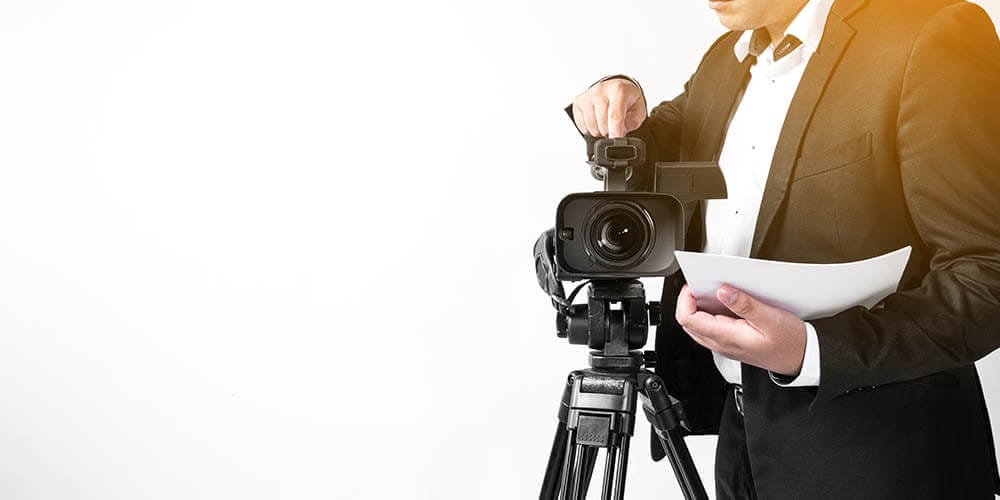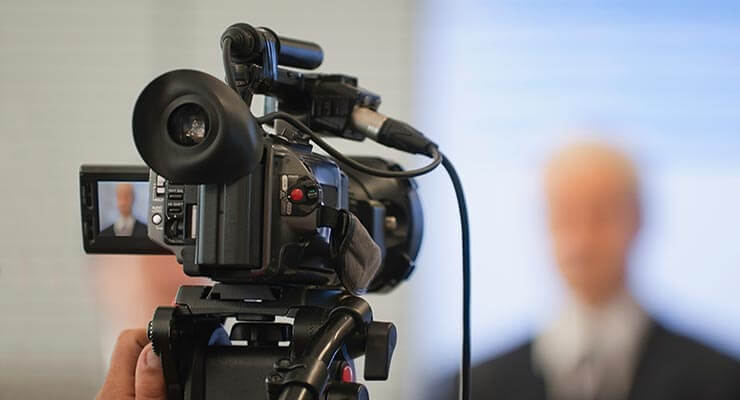High-Resolution Legal Videography for Essential Evidence Recording.
High-Resolution Legal Videography for Essential Evidence Recording.
Blog Article
Why Lawful Videography Is Important for Accurate Legal Record-Keeping
In the realm of legal proceedings, the precision of record-keeping is vital, and lawful videography becomes an essential device in this context. By capturing the subtleties of spoken and non-verbal communication, it significantly minimizes the possibility for false impression that can come with conventional written documents. The conservation of genuine aesthetic evidence not only improves the integrity of testaments yet additionally contributes to an extensive account of events. As we check out the diverse advantages of legal videography, one should consider its ramifications for the future of judicial stability and transparency - legal videography.
Value of Visual Proof
Establishing the importance of visual evidence in lawful process is extremely important for making certain precise record-keeping and boosting the general integrity of the judicial process. Aesthetic evidence works as an important tool in documenting occasions, problems, and other relevant details that might be necessary to a situation. Unlike composed accounts, which are susceptible to interpretation and predisposition, visual recordings give a goal, unalterable representation of realities as they occurred.


This form of evidence can record a range of aspects, consisting of witness actions, environmental context, and physical proof, all of which may affect judicial end results. By providing a clear and comprehensive visual narrative, lawful videography gets rid of obscurity and aids to preserve the credibility of the evidence.
Furthermore, aesthetic proof can be instrumental in reducing disagreements over accurate disparities, as it enables for a straight contrast versus testament and other recorded documents. In a period where electronic innovation is progressively prevalent, the capacity to existing visual evidence efficiently can dramatically enhance the total high quality of legal proceedings. Eventually, the incorporation of aesthetic proof not only strengthens the documents procedure yet additionally strengthens public count on the judicial system by advertising transparency and accountability.
Enhancing Testament Reliability
The combination of legal videography into courtroom proceedings significantly enhances the reputation of witness statement. By recording the nuances of spoken and non-verbal communication, video recordings give an even more comprehensive representation of a witness's attitude, emotions, and integrity. This aesthetic paperwork permits jurors to observe the witness's body movement, facial expressions, and general presence, which are crucial components that can affect their understanding of testament trustworthiness.
Moreover, lawful videography reduces the capacity for misconception or distortion of testimony that might take place in created records. Viewers can see and hear the statement as it was provided, making sure that the context and tone are protected. This authenticity cultivates a greater sense of trust fund amongst jurors, that might be a lot more likely to think testimony that they can witness firsthand.
Furthermore, the existence of video footage can discourage witnesses from giving deceptive or exaggerated declarations, as they realize that their testimony is being taped. This accountability enhances the integrity of the judicial procedure. Ultimately, lawful videography serves as a vital tool in making sure that witness testament is not just precisely depicted however likewise watched with heightened integrity by all parties entailed.
Comprehensive Document Conservation
Comprehensive document preservation is necessary for keeping the stability of lawful proceedings. Lawful videography acts as a critical tool in this process, giving an exact aesthetic and acoustic account of testaments, depositions, and various other pivotal moments in a case. Unlike traditional written records, video recordings capture the nuances of body movement, tone, and emotion, which are crucial for recognizing the context and intent behind statements made throughout legal procedures.

Moreover, the ability to assess video evidence permits attorneys to identify crucial information that might have been ignored in created documents. By keeping a comprehensive archive of legal process via videography, law office can support the highest possible requirements of precision and responsibility, ultimately contributing to a fairer judicial process.
Improving Lawful Process
Simplifying legal procedures is essential for boosting effectiveness and lowering hold-ups within the judicial system. Lawful videography offers as a critical tool in attaining this objective by offering clear and precise visual paperwork of court hearings, depositions, and testimonies. This best site technology enables real-time recording, making sure that all verbal and non-verbal cues are recorded, which can promote quicker resolution of conflicts.
The integration of videography right into legal procedures decreases reliance on traditional techniques, such as extensive records, which can be time-consuming to create and evaluate. By having actually access to videotaped video footage, attorneys can promptly reference key minutes, enhancing their ability to prepare and click resources existing cases properly. This immediacy also assists in the making clear of testaments, reducing the potential for misinterpretation.
Moreover, aesthetic documentation fosters a much more engaging court room experience for jurors, aiding them to grasp complicated info quicker. Eventually, legal videography enhances interaction amongst all celebrations involved, from attorneys to judges to jurors, therefore promoting a more reliable judicial procedure (legal videography). In a period where time is of the essence, welcoming this innovation is important for the modern lawful landscape
Admissibility in Court
Precise paperwork is important not only for efficiency however also for guaranteeing that evidence is permissible in court. Legal videography functions as an important tool in this procedure, offering a reliable aesthetic record of testaments, declarations, and occasions. Courts often call for evidence to satisfy particular standards of admissibility, including importance, authenticity, and dependability. High-grade video clip recordings can meet these criteria by capturing clear sound and visual details that written records may forget.
To be considered permissible, lawful videography must follow well established methods, such as correct equipment use, appropriate illumination, and clear sound capture. Furthermore, it is vital to have actually certified videographers who recognize the lawful demands bordering proof collection. The chain of guardianship have to also be kept to prevent any type of cases of tampering or change.
Additionally, lawful videography can boost the persuasiveness of evidence by offering jurors with a direct sight of the testimony, permitting a more engaged understanding of the situation. In summary, the assimilation of lawful videography into record-keeping not just sustains performance but also boosts the stability and admissibility of evidence in court procedures.
Final Thought
In verdict, lawful videography plays a pivotal role in guaranteeing precise legal record-keeping by offering unbiased aesthetic documentation. This method boosts the trustworthiness of testaments, maintains comprehensive records, and additional hints simplifies lawful proceedings. Additionally, the admissibility of premium video clip evidence in court additional emphasizes its significance - legal videography. Eventually, the incorporation of legal videography right into the judicial procedure advertises transparency and bolsters public count on the honesty of the legal system.
Report this page